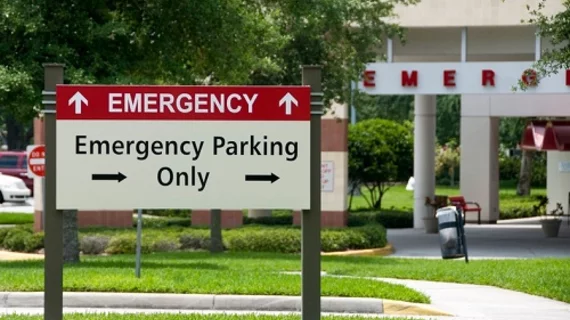Emergency department (ED) visits for suspected urolithiasis are on the rise in the United States, according to a new study published in the Journal of the American College of Radiology. And more of those patients are receiving CT of the abdomen and pelvis (CTAP) as a part of their treatment.
The researchers explored public data, tracking more than 11 million patients 18 years old or older who presented with suspected urolithiasis from 2006 to 2015. Looking at that group as a whole, the authors observed that 88.5% of patient visits ended with a discharge from the ED and 52.6% of patients had private insurance coverage. The mean patient age was 44.6 years old, and 60.4% of patients were male.
The annual number of ED visits for suspected urolithiasis jumped from 1.06 million in 2006 to 1.24 million in 2014, representing an increase of nearly 18%. CTAP was used in 24.6% of patients visits in 2006, jumping to 49.4% in 2014.
The authors also noted an association between CTAP use and a higher patient household income. Other connections were discovered between CTAP use and private insurance, living in the Northeast and being treated at an urban hospital.
“Overall, CT utilization rates in the ED continue to increase over time despite governmental and medical specialty organization initiatives to restrain the growth of advanced imaging services,” wrote lead author Patricia Balthazar, MD, department of radiology and imaging sciences at Emory University School of Medicine in Atlanta, and colleagues. “Although the US population grew by 6.9% from 2006 to 2014, and the overall number of ED visits increased by 14.8% from 2006 to 2014, the annual ED visits for suspected urolithiasis increased by 17.9%, and the number of visits for suspected urolithiasis involving advanced imaging increased by 100.8%.”
Balthazar et al. did note that their research had some limitations. The data was subject to coding errors, for instance, and the appropriateness of each specific examination was not explored. Overall, however, the findings “provide important information to practicing clinicians, researchers and policymakers interested in optimizing the use of advanced medical imaging in the ED.”

